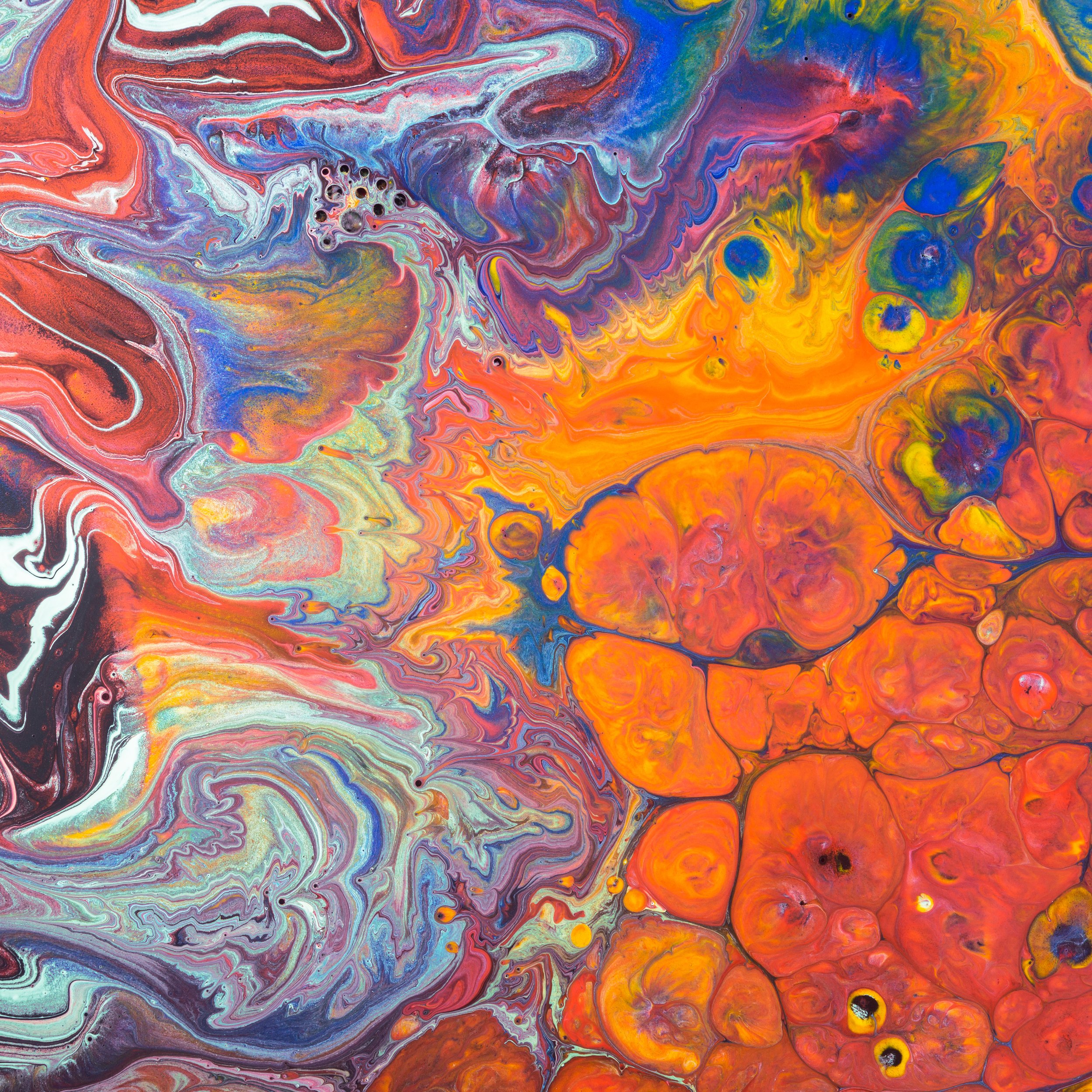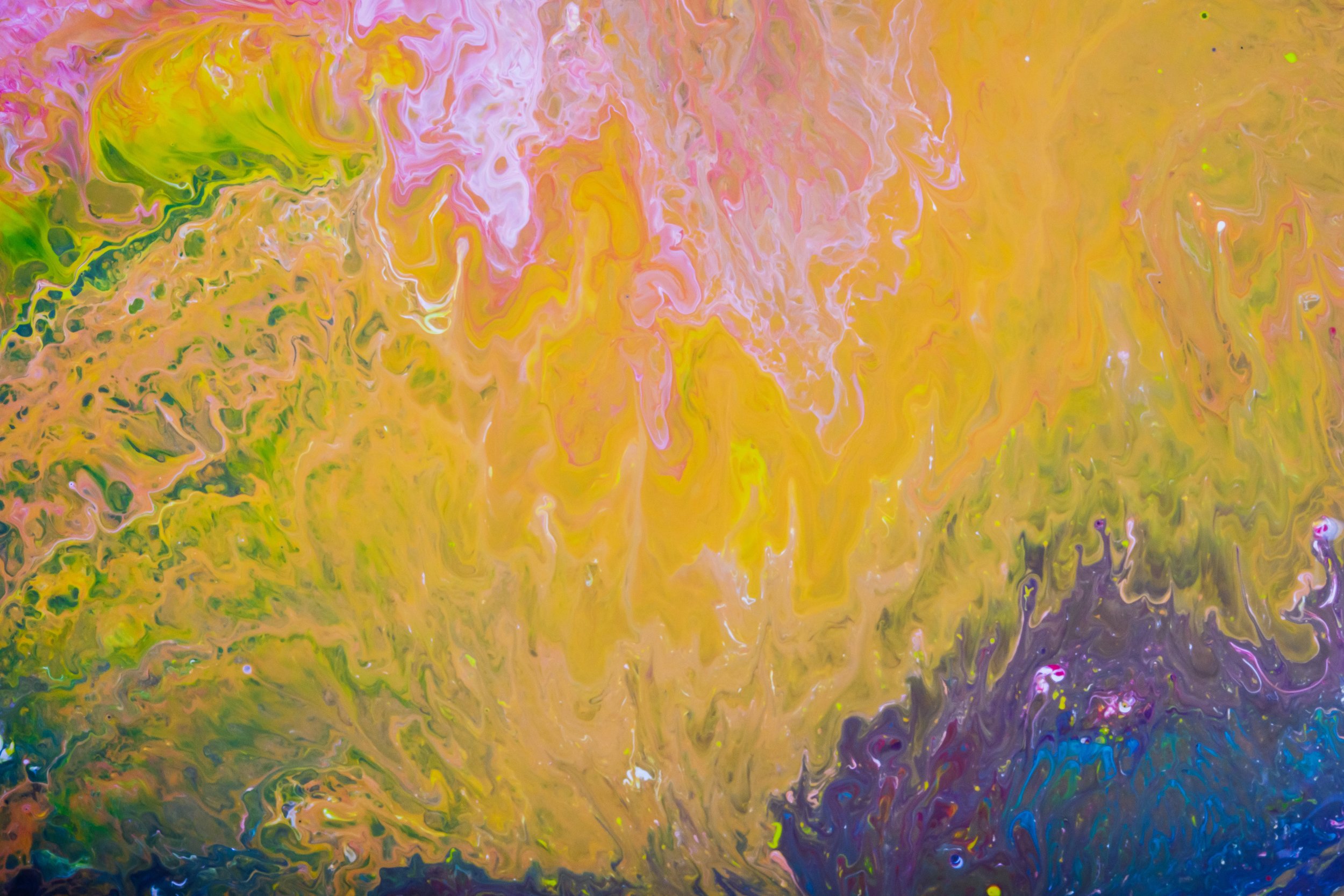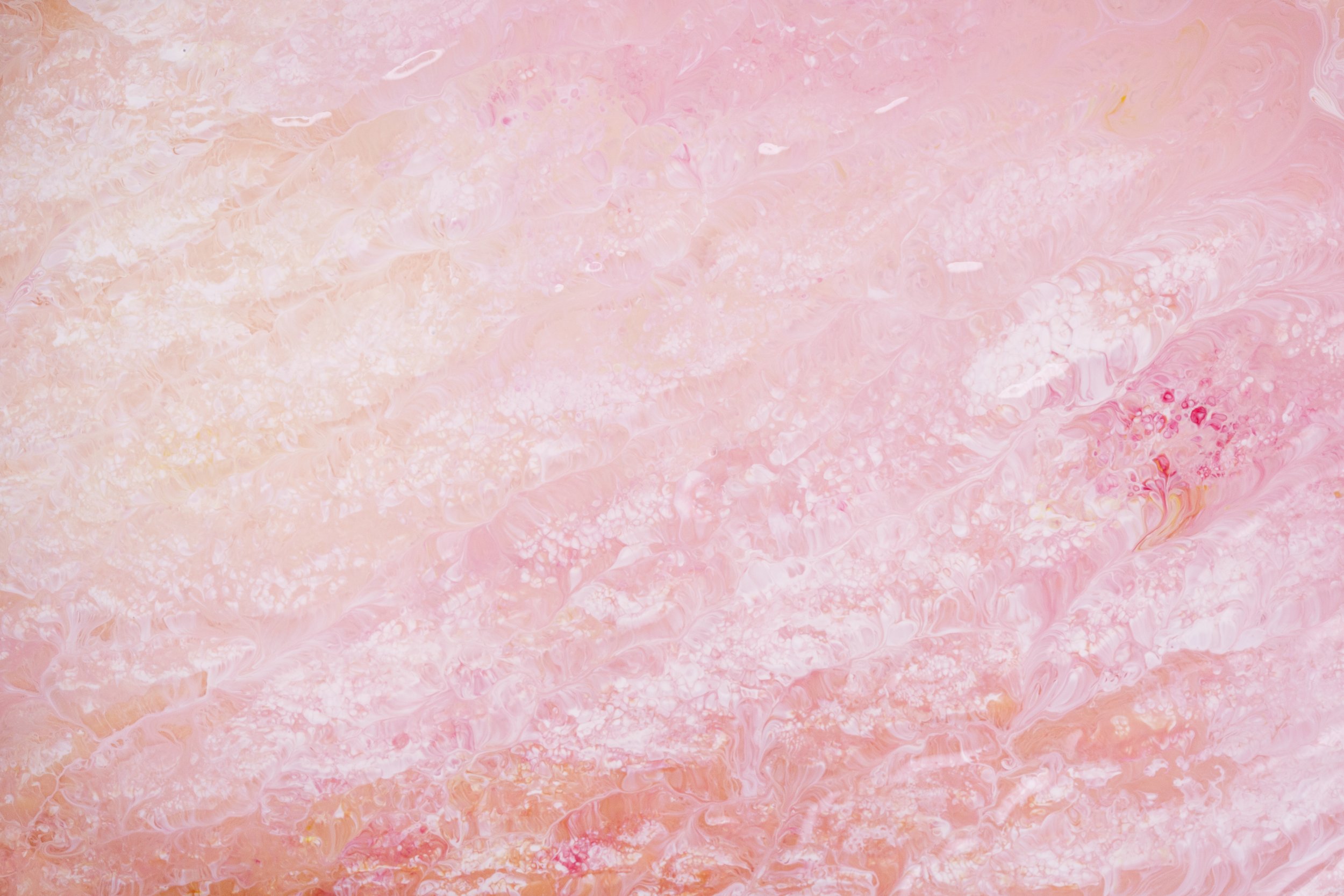Why manga can fill the demand for LGBTQIA+ representation for young Australian readers
Why manga can fill the demand for LGBTQIA+ representation for young Australian readers
Victoria Zhang
The appeal of LGBTQIA+ representation in books has soared in recent years for younger readers. The sales of books with queer content doubled in 2021, driven by young adult (YA) fiction (Anderson 2022). At the same time, manga sales saw an increase of 86 per cent (Book+Publishing 2022), with Viz Media reporting a growth of 179 per cent and Simon & Schuster reporting 339 per cent (Manga Mate 2023). Readers have begun recognising manga as a source of LGBTQIA+ representation because of its distinct genres dedicated to the content, including ‘boys love’ (BL) and ‘girls love’ (GL) (ed Welker 2022). Therefore, these concurrent trends offer the opportunity to integrate two high-growth markets and supply the demand from young Australian readers for LGBTQIA+ stories.
The report will demonstrate the importance of queer literature, especially for a younger demographic, as well as the gaps in representation from books available in Australia. It will establish why manga can fill these gaps, from its unique yet complicated history, to its evolution into a transnational influence—‘manga’ only refers to comics originating from Japan. Suggestions will be made on how the Australian publishing industry can improve its support for young readers by promoting manga as credible representation, such as in bookstores, online, and interactions with fans.
The complex topic of LGBTQIA+ content in books—specifically in manga—is understudied, since it is difficult to track those who consume it and manga is a newly emerging form in the Australian book industry. As a result, the research is limited by the niche specificity of scholars or examinations of small population samples. Further studies must be conducted for more accurate understanding on why young readers are turning to manga for queer representation, as well as how they are engaging with the books and the communities they foster.
All readers need access to queer fiction
Literature has always acted as a method of informing children and adolescents about sexuality—though in the past, the only options available for queer content were in adult literature (eds Moruzi et al. 2021). The meaning of ‘queer’ varies depending on the cultural context and subject matter. It can be narrowed down to: expressions of gender and sexuality that do not abide by social customs that are typically formed by heteronormativity—an expectation that heterosexuality is the status quo (Baudinette 2018). Following this definition, queer YA includes any stories containing characters, relationships or themes opposing heteronormative standards.
Books are special because of their ability to extensively communicate a character’s inner thoughts and desires, a trait that is not quite possible in other mediums (e.g. film, television shows) (Bergenmar 2023). For that reason, LGBTQIA+ representation is vital for the development of empathy, sense of belonging, and acceptance in young readers, whether they identify as queer or not. Empathy incorporates recognising and caring for the emotions of someone else, as well as feeling compassion for yourself (Herb et al. 2022); belonging refers to an individual who believes they fit in society through the normalisation of their experiences in media (Lavrentyeva et al. 2024); and acceptance is the idea that the broader audience understands and embraces a person who does not follow social expectations.
YA literature stands out as the perfect candidate for queer content thanks to its various consumers. Although the target audience for YA fiction are 12–18-year-olds, it is reported that 30–44-year-olds make up more than half of total sales, with 78 per cent buying for their own enjoyment, while 8–12-year-olds are picking up YA books to look for guidance into adolescence (O’Sullivan 2023). This means LGBTQIA+ representation here has the potential to reach a significant number of readers, including those who are presently maturing and adults who still have room to grow, and definitively connecting people of different ages and backgrounds.
Holes in pre-existing LGBTQIA+ representation
A major issue highlighted in queer literature by readers and scholars alike is diversity. Multiple studies have indicated a clear absence of non-white main characters. Award-winning YA from 2000–2013 containing LGBTQIA+ content shared three elements: white, male protagonists who identified as gay, no bisexual protagonists, and the presence of lesbian narratives ending in tragedy (eds Moruzi et al. 2021). It is caused by the disconnect of differing cultural perspectives, as the queer experiences of non-white characters are commonly articulated through the Western lens and should instead be written with sensitivity to ‘their own vernaculars’ (eds Moruzi et al. 2021).
This criticism of LGBTQIA+ representation in Western media can also speak on the lack of diverse stories. Queer readers have expressed dissatisfaction with repetitive and shallow stereotypes dominating stories, such as bullying and homophobia, that can create a negative influence on how young people construct and come to terms with their identities (Lavrentyeva et al. 2024). There is an evident push against superficial cliches, and YA literature needs to divert away from viewing the Western aspect as the norm.
Another challenge that has not been properly studied but has been expressed by Australian readers is the difficulty in accessing LGBTQIA+ texts. Not only is there a limited selection of stories available to choose from (Lavrentyeva et al. 2024), Australian schools have also not done enough to improve the accessibility of queer YA books in their libraries and curriculum, disadvantaging the development of children and lead to a hostile school environment for the LGBTQIA+ youth (Herb et al. 2022).
A brief history of queerness in manga
To recognise why LGBTQIA+ manga can be more enticing for young readers than other queer literature, it is important to possess basic knowledge on how queer genres came to fruition and why they have continued to flourish in popularity, in and outside of Japan.
The Rose of Versailles is one of the most popular examples for the ‘Year 24 Group’—a name given to a group of female authors who revolutionised shojo manga (category of manga marketed towards young girls) with their exploration of gender and sex (eds McLelland et al. 2015). The historical romantic manga follows one of three protagonists, Oscar François de Jarjayes, who defects from the Royal Guard to fight with the resistance against the monarchy during the French Revolution, defying the traditional female role, as her masculinity is central to her identity (Ikeda 2020). The original serialisation of The Rose of Versailles in 1972 encouraged non-conformity for young girls in the midst of a political conflict between ‘bourgeois consumerist’ and ‘radical socialist’ feminism in Japanese society (Micah 2023). In fact, the rose (bara) became an icon of homosexuality in this period (Maser 2015).
The innovations of shojo also encompass the creation of genres depicting homosexual relationships, including yaoi—focusing on explicit sexual content rather than story (David 2018). This report will categorise all subgenres as BL. It has spread rapidly thanks to engagement on the internet, forming massive online communities and transcending outside of Japan’s borders to give meaning to queer individuals. For example, BL literature is referred to as danmei in China, speaking to their desire for queer representation by engendering their own culture (Madill 2020). Japanese BL content has also helped fill the same demand in Thailand, completely transforming their media landscape; their BL drama is sometimes called Y-Series after yaoi (Bunyavejchewin 2024).
As homosexuality was symbolised with a rose in the 1970s, lesbianism would soon become represented by a lily (yuri) (Maser 2015). Similar to BL manga, there are many subgenres for depictions of lesbian relationships, and these will be under the umbrella term GL. It has seen less research than its counterpart, though the demand for GL manga is still high, as series mentioned later in the report will prove that readership is prominent.
LGBTQIA+ stories began moving to realistic representation in the 2000s, sparked by how queer individuals were treated in a social context (Nozawa 2023). When the Supreme Court of the United States ruled that bans against gay marriage were unconstitutional in 2015, Japanese media began discussing what rights queer people had in their own country—igniting the ‘LGBT Boom’, with increased queer content appearing in the mainstream (Baudinette 2018). Queerness in manga has a distinct history and was always created for young readers, giving it a voice that cannot normally be found in the Western perspective, and is intriguing for anyone interested in hearing it.
Obstacles that LGBTQIA+ genres in manga face
Concerns for queer content in manga is often tied to BL. Intense debates in Japan on the appropriation of the genre from the 1990s still echo today (eds McLelland et al. 2015). As its conception was in shojo manga, its original authors and readership were cisgender, heterosexual women. Gay activists accused BL manga of misrepresenting homosexual relationships, and its female authors of commercialising harmful fetishisation for entertainment, even calling them homophobic (eds McLelland et al. 2015). These generalisations are harmful as every series is different, and it is important to critically assess if a queer story is accurate and appropriate—as with any book. It is also unfair to assume the demographic of LGBTQIA+ manga has not changed over the decades. Recent surveys have found that English-speaking fans of BL are predominantly queer, even if women still dominate the results (Madill 2020), and are fighting against the stigma that they are fetishising gay relationships (Coleman 2021). While equivalent surveys are not apparent in Japan, it can be hypothesised that similar reform has also occurred there. Queer content in manga has evolved with the passing of time and adapted with progressive cultural changes, and so must the old assumptions about its authors and readers.
How emerging queer voices in manga are countering stereotypes
The presence of sexual content in LGBTQIA+ manga is not evidence of problematic representation, and queer authors are reforming this idea. My Lesbian Experience with Loneliness is a GL essay manga about the author, Kabi Nagata’s, declining mental health and journey to accepting her sexuality, eventually losing her virginity to a female sex worker. Essay manga is a contemporary subgenre that has garnered interest outside of manga fans, often used to tell an autobiographical story through a less formal method (Nagaike 2023). In My Lesbian Experience with Loneliness, Nagata goes into excruciating detail about her eating disorders, self-harm, and inability to find a full-time job, as she has difficulties socialising and heavily depends on her parents, even as an adult (Nagata 2017). Its explicit sexual art is comparable with other works in LGBTQIA+ manga genres. Here, it isn’t fetishisation—it emphasises Nagata’s naivety and inexperience during her first sexual encounter, even joking how different it is compared to the BL manga she consumes.
Similarly, Until I Meet My Husband is a memoir of gay activist Ryousuke Nanasaki, who had the first same-sex marriage in Japan recognised by religion, that was compiled into a manga with the art of a BL author (Nanasaki et al. 2022). Nanasaki initially believes he is unable to achieve happiness in romance like heterosexual couples do, as he struggles to stay in long-term relationships. The presentation of sex highlights the critical moment he realises that a hook-up is different—this is the man Nanasaki marries—and is not included for hedonistic entertainment. Series such as My Lesbian Experience in Loneliness and Until I Meet My Husband disproves outdated stereotypes in manga of objectifying queer individuals, and appeals to readers outside of the early fans of BL and GL.
Encouraging young readers in learning LGBTQIA+ rights
Queer voices are being heard by a wider audience through educating readers on social challenges faced by the LGBTQIA+ community. My Brother’s Husband follows a Japanese single father and his young daughter attempting to understand the Canadian husband of his estranged brother, who has recently passed away (Tagame 2017). Because of its comparison of laws for LGBTQIA+ rights between Canada and Japan, the series has been heavily discussed by both homosexual and heterosexual readers, where the latter are more compelled by My Brother’s Husband and want to learn about LGBTQIA+ discrimination in Japanese society (Baudinette 2018)—increasing their empathy and acceptance of queer individuals.
Authors of positive queer manga expanding readership online
Responding to the aforementioned complaints of bleak LGBTQIA+ stories, manga does not merely fill this gap—authors have also worked to diversify their audience through social media such as Twitter. The Guy She Was Interested in Wasn’t a Guy At All is a GL manga that was originally posted on Twitter in 2022, garnering passionate support as the first post received almost 500,000 likes (Arai 2022) and the author Sumiko Arai has now accumulated more than one million followers. The story is a sweet romance between two girls who do not face discrimination for their sexualities, and was published by Kadokawa a year later (Arai 2023). Its initial release on Twitter was a deliberate decision from Arai to reach international readers who wanted to see lesbian representation (Shuko 2024). This has proven to be successful, as users on an English-speaking forum dedicated to GL noted they discovered The Guy She Was Interested in Wasn’t a Guy At All on Twitter (livingice 2022).
On the other hand, author Kamome Shirahama has a strong presence on Twitter and is known to react to fan content—Shirahama even replies in English to be able to communicate with international readers (Shirahama 2024). Her positive reputation has had an impact on the reception of her manga, Witch Hat Atelier, as more people are drawn to its writing and LGBTQIA+ representation (Kel 2023). Additionally, they are comforted by the portrayal of an established gay couple that is normalised in the story’s universe, strengthening readers’ sense of belonging (Bea 2022). Arai and Shirahama are key examples of authors who are broadening the reach of their manga on social media, as their self-assured LGBTQIA+ characters invoke optimism and confidence for queer readers.
How can the Australian publishing industry support young readers with queer manga?
The industry should act as a leader in promoting LGBTQIA+ representation. The influence books have over younger consumers is unseen in other mediums, and queer manga has demonstrated its exponential growth in neighbouring countries. With the abundance of queer content in manga, such as genres specifically devoted to it, the publishing industry should take advantage of it and tend to the needs presented by young Australians.
Visibility of LGBTQIA+ manga and YA in Australian bookstores
Investigating the visibility of queer YA and manga in Australian bookstores is crucial in evaluating its accessibility for young readers, as well as determining what can be improved. Physical stores of three retail chains, Dymocks, QBD Books, and Readings were tested on the placement of the manga section and how easy it was to find its LGBTQIA+ titles compared to other fiction. Visits were made in early May 2024 in the Melbourne CBD: Dymocks Melbourne, QBD Books Melbourne Emporium, and Readings Emporium, as well as the same chains in the suburbs: Dymocks Doncaster, QBD Books Doncaster, and Readings Doncaster.
Bookstores in the Melbourne CBD performed significantly better than those in Doncaster. The manga sections were located to the right of the entrance at both QBD Books and Readings Emporium; whereas manga was located in a corner at Dymocks Melbourne, it was compensated with a sizable selection. All Doncaster stores placed manga further back and were harder to navigate to. The three CBD stores shelved manga next to adult fiction, but in Doncaster stores, manga was placed next to YA fiction and other children’s literature. This highlighted a major problem: it was impossible to differentiate between genres, as manga was always sorted alphabetically—unless a reader was looking for a specific book, one could not identify queer series. Even though YA fiction shares the same categorisation, adult fiction is separated by genres. This should reflect for categorising manga because it has been demonstrated that its works are more recognised through genres, and it would improve visibility of its LGBTQIA+ titles.
More confusion is added by shelving manga with Western comics. For instance, QBD names its manga section ‘Pop Culture’, and Dymocks Doncaster heavily advertised Heartstopper, a British graphic novel series, in its manga section. This may be a result of the problematic perception that manga is a genre, rather than any comic originating from Japan.
Even though YA fiction shares the same categorisation, adult fiction is separated by genres. As it has been demonstrated that manga is better recognised and more accessible when separated by genres, this should reflect on its shelves. Additionally, graphic novels should be separated to avoid confusion and improve visibility of its LGBTQIA+ titles.
Several stores, such as Dymocks Doncaster, already attempt to combat visibility issues with recommendations promoting specific books, while its CBD counterpart and Readings Emporium had a spotlight for LGBTQIA+ manga on its shelves. While they only contained a dozen series each, it is a good step forward and other bookstores should endeavour to do the same.
Boys Run the Riot for the International Transgender Day of Visibility
It is just as important for readers to be able to access queer manga online. Boys Run the Riot follows the launch of a fashion brand by a transgender boy, and the manga is written by Keito Gaku who is a trans man himself (Gaku 2021). One of its unique aspects during production was the freedom Gaku was given to hire an English translation team of trans people (Gaku 2021). What the Australian publishing industry can learn from is the promotion of the series—on the International Transgender Day of Visibility in 2021, publisher Kodansha released the first chapter of Boys Run the Riot for free on their website (Kodansha 2021). As manga is beginning to dominate piracy in Australia (Taylor 2023), publishers can combat this issue through the marketing of queer manga. With announcements on days dedicated to LGBTQIA+ visibility or during Pride Month, young readers will have a better chance of discovering new forms of representation, and if chapters are available to read without any costs, it will further encourage them to pick up these titles.
Anime NYC panel event at New York Public Library
There are opportunities for the Australian publishing industry to interact directly with existing fans of queer manga, as well as reach out to potential readers. Anime NYC is the largest anime convention in New York City, and organises exhibitions, screenings and panels to connect fans with the creators and publishers of their favourite series (Anime News Network 2023b). In 2023, editors from notable manga publishers, such as Viz Media and Kodansha, participated in a panel for Anime NYC that was held at the New York Public Library. Every panellist promoted manga they believed readers needed to add to their collection, and this included series about LGBTQIA+ issues: Why I Adopted My Husband and At 30, I Realized I Had No Gender: Life Lessons From a 50-Year-Old After Two Decades of Self-Discovery—it can be presumed the panel was directed towards younger readers, as it was moderated by a children’s librarian (Anime News Network 2023b). This can be easily achieved in Australia; Sydney Anime and Manga Show (SMASH) is the biggest convention in Australia and has played a vital role in nurturing the youth (ed Welker 2022). Organising events to reach out to fan communities is an important step in advocating queer manga and understanding what young readers want in LGBTQIA+ representation.
Conclusion
LGBTQIA+ manga is still considered a new addition to the Australian publishing scene, and it already has the potential to supply the ongoing demands from readers for more diverse and unique stories. Queer representation has proven beneficial to the development of maturing children and the stability of working adults. By examining what led to contemporary LGBTQIA+ manga texts, and how they have transcended above past stereotypes and crossed cultural borders, it is evident that queer manga can reach and resonate with Australian readers. This report has only scratched the surface on the intricacies of LGBTQIA+ content and genres in manga. Readers are complex and multifaceted—publishers need to engage with readers who identify as queer in order to better understand what they wish to see represented and strive to support young people with easy accessibility of queer manga, both in physical stores and online. Manga is certainly here to stay in Australia, and its LGBTQIA+ works are waiting to be read with a helpful nudge from the Australian publishing industry.
Pull quote
Victoria Zhang (any pronouns) is an Australian-Chinese writer, illustrator, and graphic designer. The fantasy worlds in their head will see the light of day sooner or later. In their spare time, Vic escapes reality by consuming copious amounts of fiction media and nurturing their inner child through irresponsible financial decisions.
-
Anime News Network 4 May 2023b, ‘Witch Hat Atelier Manga Creator Shows Off Her The House Fandom’, Anime News Network, accessed 1 May 2024, <https://www.animenewsnetwork.com/interest/2023-05-03/witch-hat-atelier-manga-creator-shows-off-her-the-owl-house-fandom/.197744>.
Anime News Network 8 November 2023b, ‘Tokyopop Joins Anime NYC Panel Event at New York Public Library’, Anime News Network, accessed 1 May 2024, <https://www.animenewsnetwork.com/press-release/2023-11-07/tokyopop-joins-anime-nyc-panel-event-at-new-york-public-library/.204219>.
Anderson P 30 June 2022, ‘NPD Group: United States LGBTQ Book Sales Are Surging’, Publishing Perspectives, accessed 20 April 2024, <https://publishingperspectives.com/2022/06/npd-group-united-states-lgbtq-book-sales-are-surging/>.
Arai S 10 April 2022, ‘気になってる人が男じゃなかった (The guy she was interested in wasn’t a guy at all)’, Twitter (agu_knzm), accessed 1 May 2024, <https://twitter.com/agu_knzm/status/1512998788025110532>.
Arai S 2023, The Guy She Was Interested in Wasn’t a Guy At All Vol. 1, KADOKAWA Corporation, Tokyo.
Baudinette T 2018, ‘“Finding the law” through creating and consuming gay manga in Japan’, in Ashley P, Thomas G, Kieran T (eds), Law and Justice in Japanese Popular Culture: From Crime Fighting Robots to Duelling Pocket Monsters, Routledge, doi: 10.4324/9781315136134.
Bea 2022, ‘just remembered that we have a canon (real canon, not...’, Twitter (bzzykrueger), accessed 1 May 2024, <https://twitter.com/bzzykrueger/status/1498854957516304386?lang=en>.
Bergenmar J 2023, ‘Queer Literary Ecologies and Young Adult Literature’, in Roig-Sanz D and Rotger N (eds), Global Literary Studies: Key Concepts, De Gruyter, doi:10.1515/9783110740301-003.
Book+Publishing 4 May 2022, ‘The meteroric rise of manga’, Book+Publishing website, accessed 15 March 2024, <https://www.booksandpublishing.com.au/articles/2022/05/04/213684/the-meteoric-rise-of-manga/>.
Bunyavejchewin P, Tungkeunkunt K, Kamonpetch P, Sirichuanjun K and Sukthungthong N 2024, ‘Socio-demographics, lifestyles, and consumption frequency of Thai ‘Boys Love’ series content: Initial evidence from Thailand’, Cogent Social Sciences, 10(1), doi:10.1080/23311886.2024.2307697.
Coleman H 2021, DO NOT FEED THE FETISHIZERS: BOYS LOVE FANS RESISTANCE AND CHALLENGE OF PERCEIEVED REPUTATION, The University of Memphis, accessed 19 March 2024, <https://digitalcommons.memphis.edu/etd/2502/>.
David S 2018, ‘Interdisciplinary approaches to yaoi manga: a review’, Journal of Graphic Novels and Comics, 9(5): 458-472, doi:10.1080/21504857.2018.1494020.
Gaku K 2021, Boys Run the Riot 1, Kodansha Comics (US), New York.
Herb A and Betts D 2022, ‘Queering the Book Club: Empathy Development Through Young Adult Literature in Australian Discussion Groups’, Children's Literature in Education, doi:10.1007/s10583-022-09512-w.
Ikeda R 2019, The Rose of Versailles, Omnibus 1, UDON Entertainment Corp, Richmond Hill.
Kel 2023, ‘witch hat’s author (shirahama kamome) is also an incredible person...’ Twitter, (sea-of-eden), accessed 1 May 2024, <https://twitter.com/sea_of_eden_/status/1643394155559755777>.
Kodansha Comics (US) 31 March 2021, Boys Run the Riot Free Chapter 1 Preview!, Kodansha Comics (US) blog, accessed 1 May 2024, <https://kodansha.us/2021/03/31/boys-run-the-riot-free-chapter-1-preview/>.
Lavrentyeva A, Patlamazoglou L and Mackie G 2024, ‘The role of engagement with BL manga on queer young people’s sense of belonging’, Journal of LGBT Youth, doi:10.1080/19361653.2024.2310661.
livingice 5 May 2022, ‘Yay this got uploaded here. I saw this on twitter...’ [Tweet], Dynasty Reader, accessed 1 May 2024 <https://dynasty-scans.com/forum/topics/19988-the-guy-she-was-interested-in-wasn-t-a-guy-at-all-discussion>.
O’Sullivan J 2023, ‘Who Is YA For?’, Publisher’s Weekly, accessed 20 April 2024 <https://www.publishersweekly.com/pw/by-topic/childrens/childrens-industry-news/article/93417-who-is-ya-for.html>.
Madill A 2020, ‘The Yaoi/Boys' Love/Danmei Audience’, in Karen R, Cosimo MS, Ingrid B, Sujata M, Valentina C (eds), The International Encyclopedia of Gender, Media, and Communication, Wiley-Blackwell, doi:10.1002/9781119429128.iegmc051.
Manga Mate 8 August 2023, The Meteoritic Rise of Manga in Australia, Manga Mate blog, accessed 18 March 2024, <https://mangamate.shop/blogs/news/the-meteoritic-rise-of-manga-in-australia>.
Maser V 2015, Beautiful and Innocent: Female Same-Sex Intimacy in the Japanese Yuri Genre, University of Trier, accessed 15 April 2024, <https://www.genderopen.de/bitstream/handle/25595/1256/Maser_2015_Beautiful_and_Innocent.pdf?sequence=1&isAllowed=y>.
McLelland M, Nagaike K, Suganuma K and Welker J (eds) 2015, Boys Love Manga and Beyond: History, Culture, and Community in Japan, University Press of Mississippi, doi:10.14325/mississippi/9781628461190.001.0001.
Micah G 2023, English translations of gender nonconformity in shōjo manga and anime: a trans-queer materialist feminist analysis, The University of Edinburgh, accessed 20 March 2024, <https://era.ed.ac.uk/handle/1842/39863>.
Moruzi K and Venzo P (eds) 2021, Sexuality in Literature for Children and Young Adults, Routledge, doi:10.4324/9781003131434.
Nagaike K 2023, ‘Queer seduction in Japanese essay manga: an analysis of manga physicality and gay, lesbian and Fujoshi eroticism’, Journal of Graphic Novels and Comics, 14 (5), 718-734, doi:10.1080/21504857.2022.2082501.
Nagata K 2017, My Lesbian Experience with Loneliness, Seven Seas Entertainment, New York.
Nanasaki R and Tsukizuki Y 2022, Until I Meet My Husband (Manga), Seven Seas Entertainment, New York.
Nozawa E 2023, ‘Boys’ Love, Transmedia Storytelling, and LGBT Awareness in Contemporary Japan’, in Sirpa S (ed), Gender in Japanese Popular Culture: Rethinking Masculinities and Femininities, Palgrave Macmillian, doi: 10.1007/978-3-031-12942-1.
Shirahama K 2024, ‘Your art, very cool! Jujy is a very fun design...’ Twitter (shirahamakamome), accessed 1 May 2024, <https://x.com/shirahamakamome/status/1784477085035335953>.
Shuko Y 7 April 2024,『気になってる人が男じゃなかった』新井すみこさんの大人気作品がSNSから広がった理由【横井周子が訊く!マンガが生まれる場所 vol.7】(『The Guy She Was Interested in Wasn’t a Guy At All’』The reason Sumiko Arai’s popular work spread through SNS 【Shuko Yokoi Asks! The place where manga is born vol.7】), yoi (ヨイ), accessed 1 May 2024, <https://yoi.shueisha.co.jp/body/culture/6900/1/>.
Tagame G 2017, My Brother’s Husband Volume 1, Knopf Doubleday Publishing Group, New York.
Taylor J 8 January 2023, ‘Demand for Japanese manga bucks Australia’s downward piracy trend’, The Guardian, accessed 15 April 2024, <https://www.theguardian.com/australia-news/2023/jan/08/demand-for-japanese-manga-bucks-australias-downward-piracy-trend>.
Welker J (ed) 2022, Queer Transfigurations: Boys Love Media in Asia, University of Hawaii Press, doi:10.2307/j.ctv1xcxqw2.















